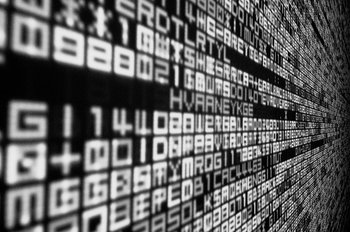
Digital Artifact
Flaws in digital media, documents and data records caused by data processing errors. For example, a digital camera that records a distorted or corrupted image.Visual Artifacts
Flaws in the visualizations such as user interfaces or streaming media.Compression Artifact
A noticeable impact on data after lossy compression. For example, an image that becomes visibly distorted due to compression.Noise
Unwanted signals that interfere with data capture or transmission. For example, unwanted electrical fluctuations might cause radio reception to contain an audible noise often described as "static."Statistical Artifact
A flaw such as a bias in statistical data.Radar
Ghost objects that appear in radar due to interference such as atmospheric effects or unfiltered echoes.Sonic Artifact
An unwanted sound in a recording such as background noise on a film set. In some cases, artifacts are used as creative elements of music or film. For example, overdriving a bass signal for a fuzzy bass sound.| Overview: Data Artifact | ||
Type | ||
Definition | A data flaw caused by equipment, techniques or conditions. | |
Related Concepts | ||
























